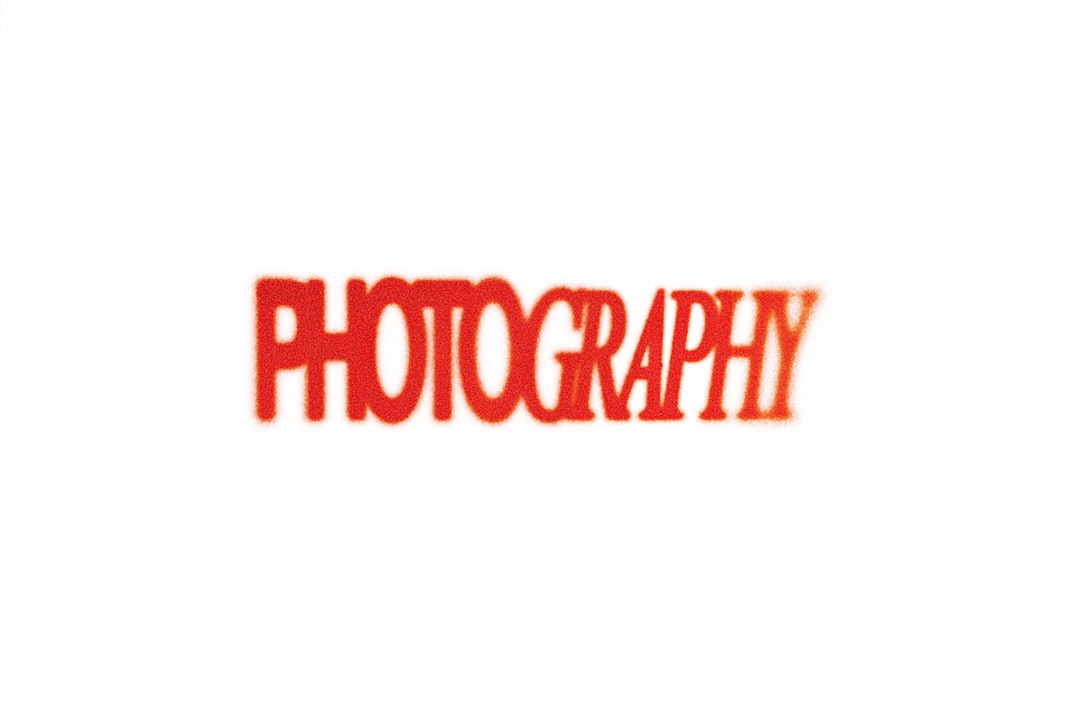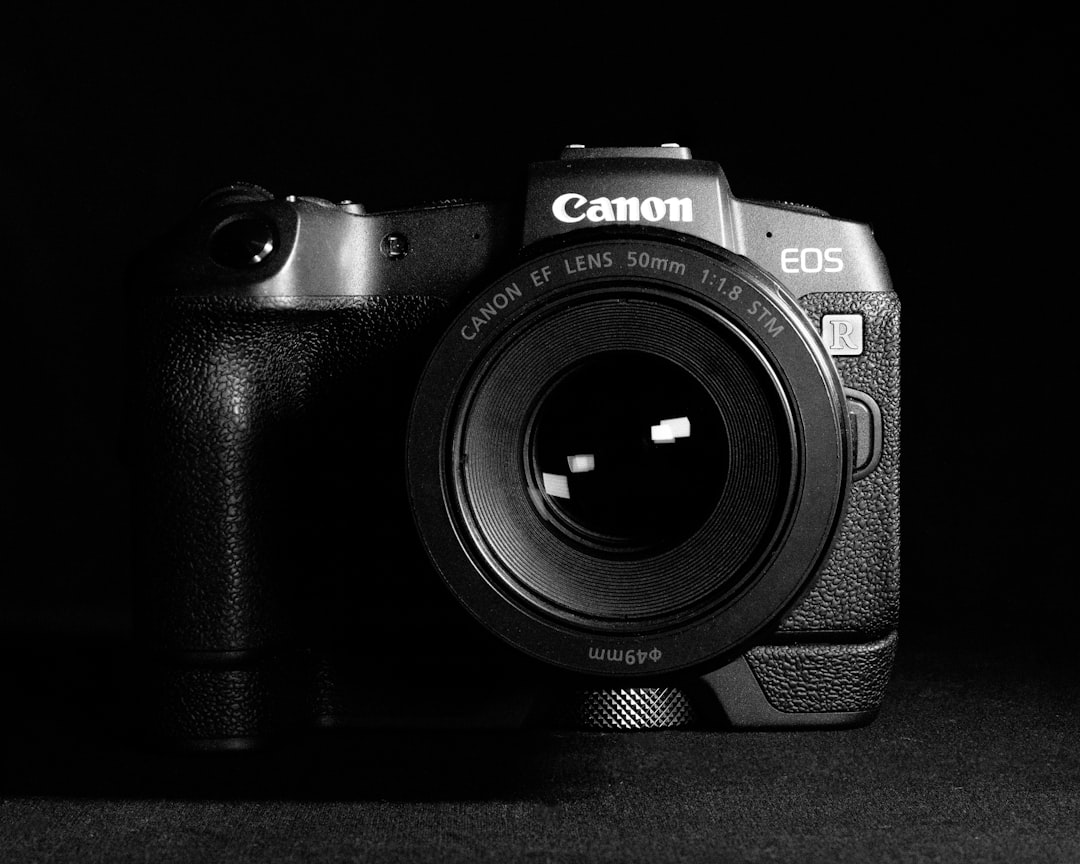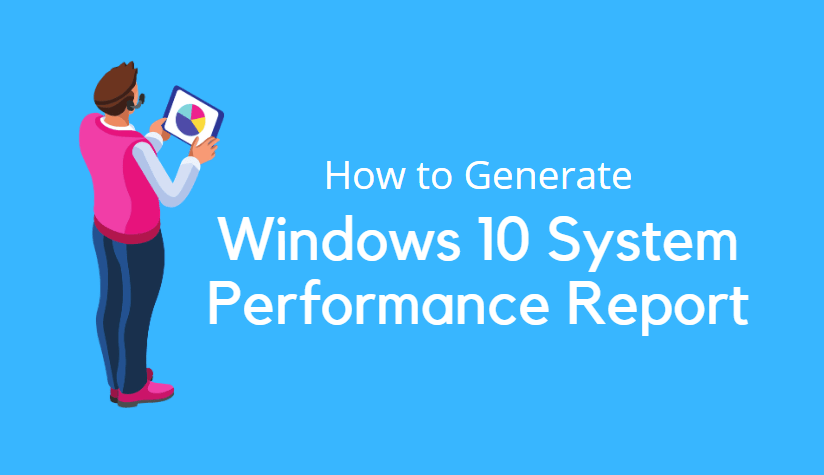When browsing the internet for the perfect picture for a presentation, blog post, or advertisement, it’s easy to assume that any image you find is free to use. However, copyright laws protect most photos, including stock images. Misusing a copyrighted image can result in fines, legal action, and damage to one’s reputation. But how can you know if a stock photo is copyrighted?
Understanding how stock photo copyright works is essential. Stock images are photos provided by photographers or agencies for licensing. Unless explicitly labeled otherwise, all stock photos are copyrighted by default. Whether found on free image sites or professional stock platforms, each image typically comes with terms of use that must be respected.
What Determines If a Stock Photo Is Copyrighted?
In general, a photo is copyrighted the moment it’s taken. This means that even before it’s uploaded to a website or image bank, the photographer holds the legal rights. Using an image without permission or proper licensing could violate copyright laws. Therefore, one should assume an image is copyrighted unless proven otherwise.

1. Check the Source Website
The easiest way to determine if a stock photo is copyrighted is to check where the image comes from. Reputable stock photo websites such as Shutterstock, Adobe Stock, and Getty Images clearly detail licensing terms. Even sites that offer free image downloads, like Unsplash or Pexels, publish copyright guidelines and allowable usage.
If the website offers a license explanation, read it carefully. Some will require attribution, allow only personal use, or limit how the image can be modified or redistributed.
2. Look for License Information
Almost every stock photo will include one of the following:
- Royalty-Free License: Generally allows use across multiple projects after a one-time fee, with few restrictions.
- Rights-Managed License: Provides a license for a specific use, time, and distribution. These are more restrictive.
- Public Domain or CC0: Indicates the image is free to use with no restrictions.
3. Conduct a Reverse Image Search
A reverse image search using tools like Google Images or TinEye can help identify where a photo comes from and if it’s hosted on stock photo sites or other commercial platforms. If the same image appears on Getty or Shutterstock, it’s definitely copyrighted and requires licensing.
4. Know the Signs of Unlicensed Content
Be wary of images without metadata, authorship, or licensing information. Images pulled from social media, blogs, or random websites may not be free to use. If in doubt, don’t use the image without explicit permission.
Common Misconceptions
Many users believe that if they credit the photographer or use the image for non-commercial purposes, they’re in the clear. Unfortunately, that’s not how copyright works. Permission must still be obtained for use—unless the image is clearly in the public domain or covered under a permissive Creative Commons license.

Conclusion
Determining copyright status is key to avoiding legal trouble when using stock photography. Always assume an image is copyrighted unless it is explicitly marked as public domain or comes with a license that permits your intended use. Taking a few minutes to research an image’s origin and licensing can save time, money, and potential legal headaches in the future.
FAQ: How to Know if a Stock Photo Is Copyrighted
- Q: Are all stock photos copyrighted?
A: Yes. Unless they’re in the public domain or released under a free license, most stock photos are protected by copyright law. - Q: Can I use a stock photo from Google Images?
A: Not safely. Google Images indexes photos from all over the web, many of which are copyrighted. Always check the image source and licensing terms. - Q: How do I know if a photo is in the public domain?
A: Public domain images are often labeled as “CC0” or explicitly state they’re free of copyright. Check platforms like Pixabay or Public Domain Archives for such images. - Q: Does giving credit make it legal to use an image?
A: No. Attribution is a requirement for some licenses (like Creative Commons), but it doesn’t replace the need for permission if the image is copyrighted. - Q: What is a reverse image search, and how does it help?
A: A reverse image search lets you upload or paste an image to find its origin. This helps identify whether it belongs to a stock agency or another copyrighted source.





